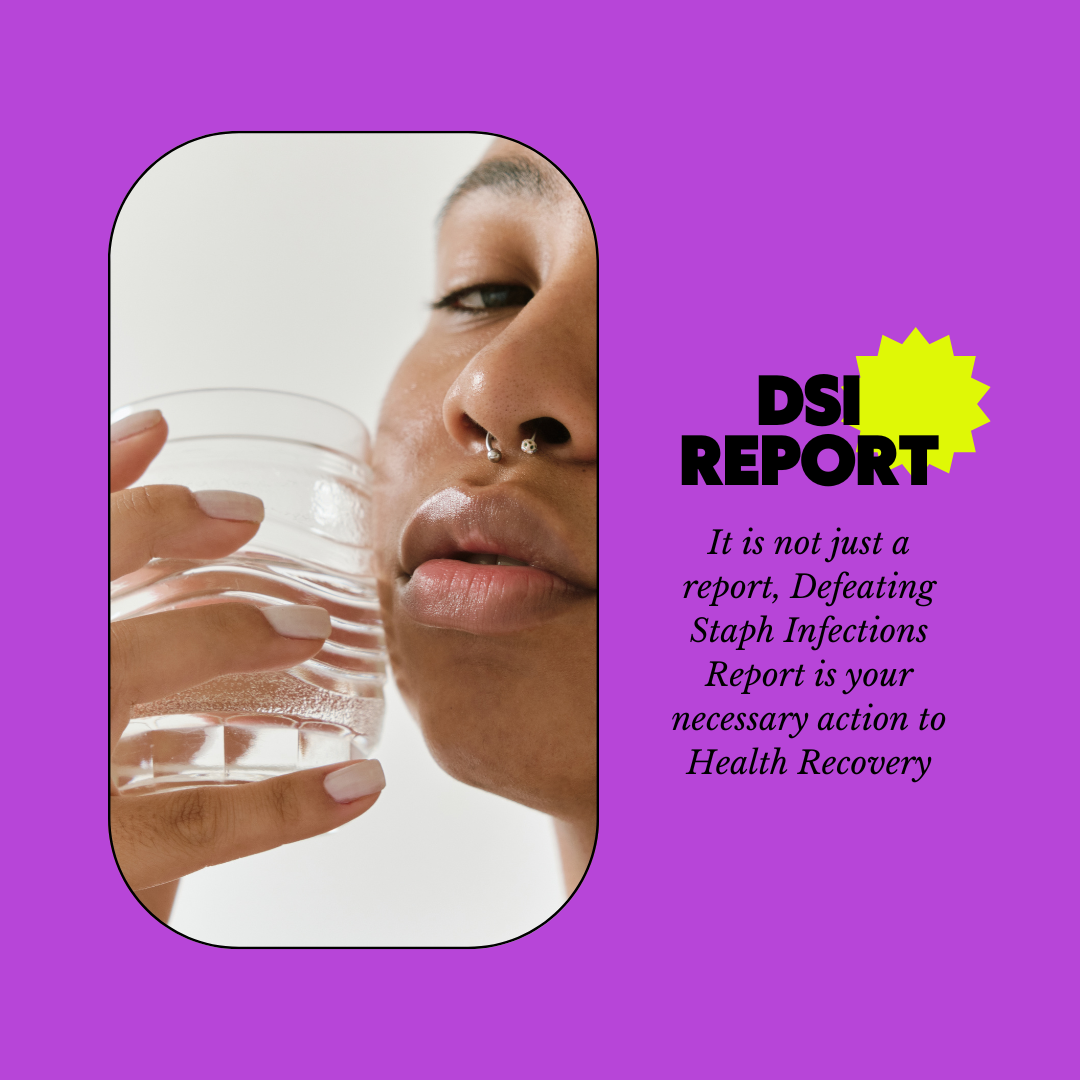How can keeping wounds clean and covered help prevent Staphylococcus infections?
Keeping wounds clean and covered is an essential practice in preventing Staphylococcus infections, as these bacteria can readily infect open cuts, abrasions, or breaks in the skin. Here’s how proper wound care can help:
1. Prevents Bacterial Entry:
Staphylococcus bacteria are commonly found on the skin and in the nose of many people, even those who are healthy and do not exhibit any symptoms. An open wound provides a direct pathway for these bacteria to enter the body. By keeping the wound clean, you reduce the number of bacteria that can come into contact with the wound.
2. Reduces Contamination Risk:
Covering a wound with a sterile bandage or dressing protects it from environmental contaminants and contact with unclean surfaces that might harbor bacteria. This barrier prevents bacteria from both entering the wound and spreading to other areas or people.
3. Maintains Moisture Balance:
A proper dressing helps maintain a moist wound environment, which is crucial for healing. Moisture helps in the migration of skin cells and prevents the wound from drying out and forming a hard scab, under which bacteria might proliferate.
4. Promotes Healing:
By keeping the wound environment clean and moist, the natural healing process of the body is supported, reducing the duration during which the wound is susceptible to infection. Faster healing decreases the likelihood of a serious bacterial infection developing.
5. Limits Direct Contact:
If you have a wound, especially in a community setting or healthcare environment, keeping it covered can also prevent direct contact with contaminated hands or materials that might transfer pathogens.
Best Practices for Wound Care:
Clean the Wound: Gently wash the wound with clean water and mild soap to remove any dirt or debris. Avoid using harsh chemicals like hydrogen peroxide or iodine in large quantities as they can damage tissue and delay healing.
Apply an Antibiotic Ointment: Using an antibiotic ointment can help prevent bacterial infections. Apply a small amount to the wound before covering it.
Cover the Wound: Use a sterile bandage or dressing. Ensure that the adhesive does not touch the wound directly.
Change the Dressing Regularly: Replace bandages or dressings whenever they become wet or dirty. Check the wound daily for signs of infection, such as increased redness, swelling, warmth, pain, or pus.
Seek Medical Advice: If there are signs of infection or if the wound does not heal properly, consult a healthcare professional. Some infections may require medical treatment, including prescription antibiotics.
By adhering to these wound care steps, you can significantly reduce the risk of developing Staphylococcus infections, ensuring that minor injuries do not turn into serious health problems.
1. Prevents Bacterial Entry:
Staphylococcus bacteria are commonly found on the skin and in the nose of many people, even those who are healthy and do not exhibit any symptoms. An open wound provides a direct pathway for these bacteria to enter the body. By keeping the wound clean, you reduce the number of bacteria that can come into contact with the wound.
2. Reduces Contamination Risk:
Covering a wound with a sterile bandage or dressing protects it from environmental contaminants and contact with unclean surfaces that might harbor bacteria. This barrier prevents bacteria from both entering the wound and spreading to other areas or people.
3. Maintains Moisture Balance:
A proper dressing helps maintain a moist wound environment, which is crucial for healing. Moisture helps in the migration of skin cells and prevents the wound from drying out and forming a hard scab, under which bacteria might proliferate.
4. Promotes Healing:
By keeping the wound environment clean and moist, the natural healing process of the body is supported, reducing the duration during which the wound is susceptible to infection. Faster healing decreases the likelihood of a serious bacterial infection developing.
5. Limits Direct Contact:
If you have a wound, especially in a community setting or healthcare environment, keeping it covered can also prevent direct contact with contaminated hands or materials that might transfer pathogens.
Best Practices for Wound Care:
Clean the Wound: Gently wash the wound with clean water and mild soap to remove any dirt or debris. Avoid using harsh chemicals like hydrogen peroxide or iodine in large quantities as they can damage tissue and delay healing.
Apply an Antibiotic Ointment: Using an antibiotic ointment can help prevent bacterial infections. Apply a small amount to the wound before covering it.
Cover the Wound: Use a sterile bandage or dressing. Ensure that the adhesive does not touch the wound directly.
Change the Dressing Regularly: Replace bandages or dressings whenever they become wet or dirty. Check the wound daily for signs of infection, such as increased redness, swelling, warmth, pain, or pus.
Seek Medical Advice: If there are signs of infection or if the wound does not heal properly, consult a healthcare professional. Some infections may require medical treatment, including prescription antibiotics.
By adhering to these wound care steps, you can significantly reduce the risk of developing Staphylococcus infections, ensuring that minor injuries do not turn into serious health problems.






Post a Comment